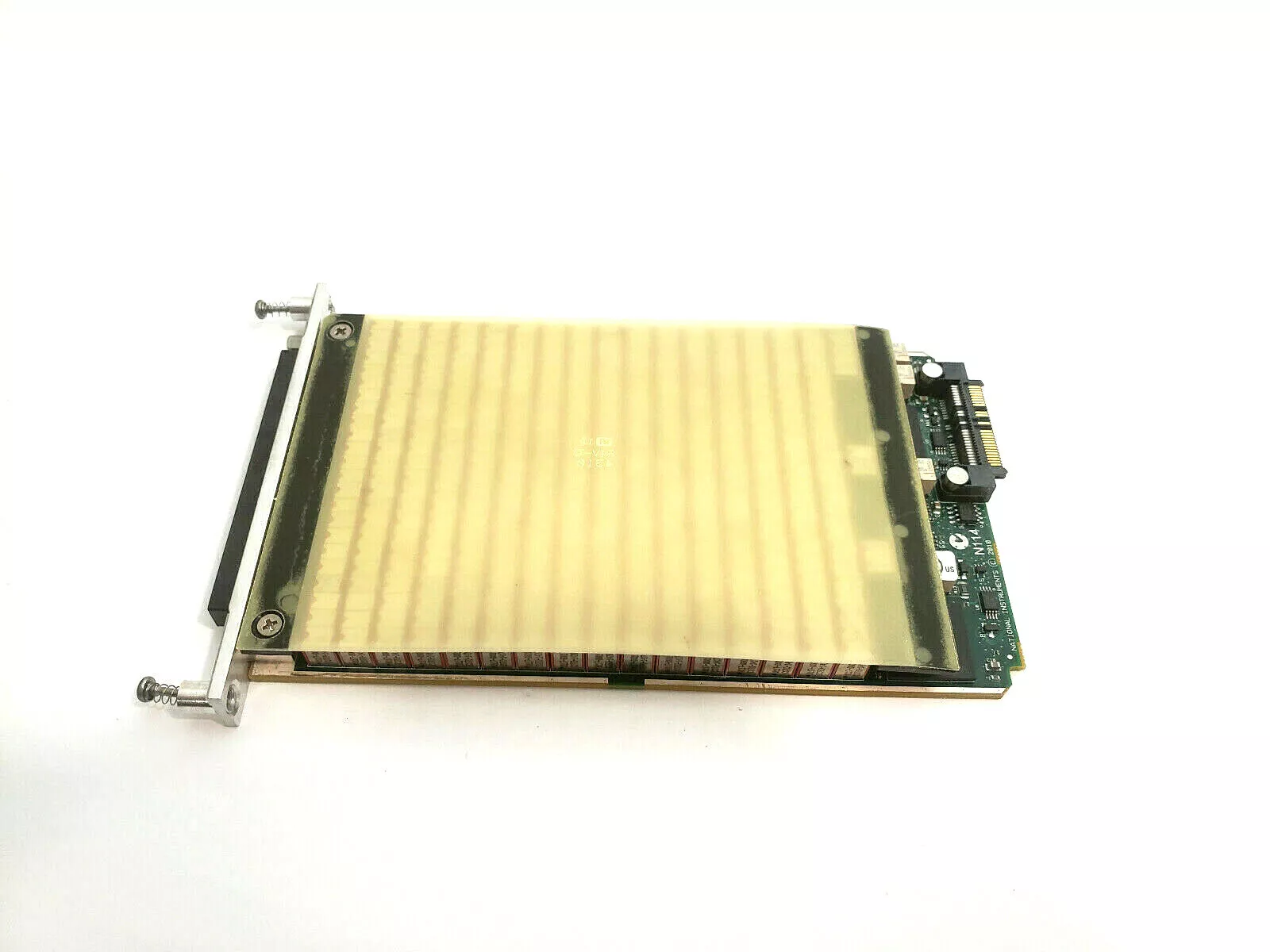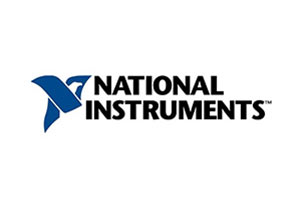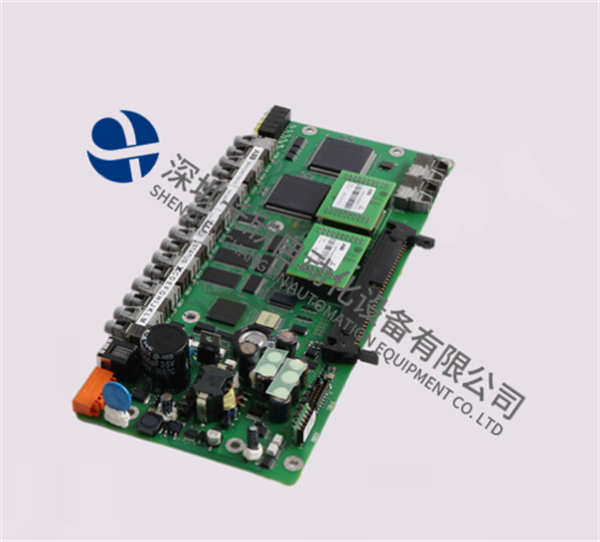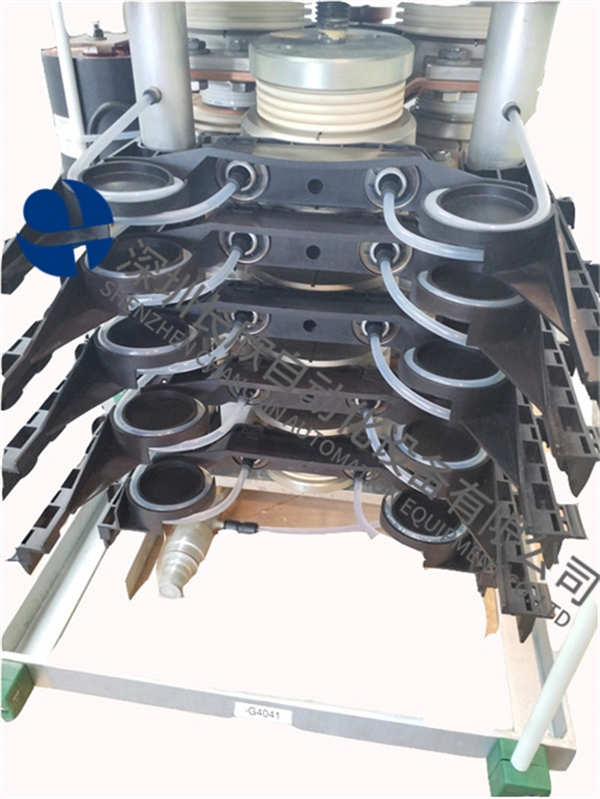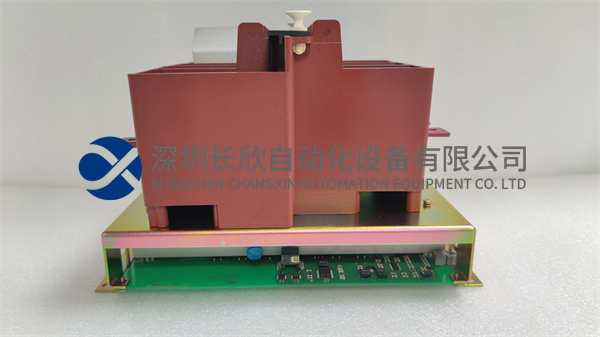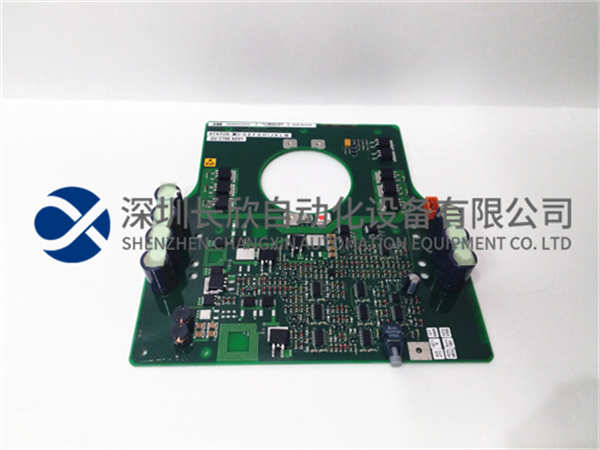描述
一、核心特性
宽频带覆盖
支持DC至16 GHz的连续频带覆盖,满足从低频到毫米波的广泛需求。
可通过软件配置灵活切换频段,适应不同通信标准。
高动态范围与线性度
集成高性能射频前端,具备低噪声系数(NF)和高三阶截点(IIP3),确保信号接收质量。
支持高线性度发射,减少信号失真。
模块化设计
基于NI的PXI Express(PXIe)架构,可与其他模块(如基带处理模块、数据采集模块)无缝集成,构建完整的测试系统。
支持多通道同步,适用于MIMO(多输入多输出)技术测试。
软件定义无线电(SDR)支持
兼容LabVIEW、MATLAB、C/C++等开发环境,通过软件编程实现信号生成、调制解调、频谱分析等功能。
支持NI-RFSA/RFSG驱动,简化射频信号处理流程。
实时处理能力
配备高性能FPGA(如Xilinx Kintex UltraScale),可实现实时信号处理(如滤波、编码解码、信道估计等)。
支持用户自定义算法部署,加速原型开发。
高精度时钟与同步
内置高精度时钟源,支持多设备同步,确保相位一致性。
适用于需要严格时序控制的场景(如雷达、相控阵系统)。
二、典型应用场景
5G/6G通信研发
支持新空口(NR)物理层测试,包括毫米波频段(24 GHz以上)的信号生成与分析。
用于基站、终端设备的原型验证与性能测试。
卫星通信
覆盖Ka/Ku/X等卫星通信频段,支持低轨卫星(LEO)或高轨卫星(GEO)的链路测试。
适用于卫星载荷、地面站的研发与验证。
航空航天与国防
支持雷达、电子战(EW)、信号情报(SIGINT)等系统的信号模拟与分析。
具备高动态范围,可处理复杂电磁环境下的弱信号。
物联网(IoT)与无线传感
适用于低功耗广域网(LPWAN)技术(如LoRa、Sigfox)的测试。
支持Wi-Fi 6/6E、蓝牙5.x等短距离通信标准的研发。
学术研究与教学
作为无线通信课程的实验平台,帮助学生理解SDR原理与实际应用。
支持科研项目中的快速原型开发。
三、技术规格
参数规格
频率范围DC至16 GHz
瞬时带宽最高1 GHz(取决于FPGA资源)
发射功率-20 dBm至+10 dBm(可调)
接收灵敏度-150 dBm/Hz(典型值)
噪声系数(NF)<5 dB(典型值)
三阶截点(IIP3)>+20 dBm(典型值)
接口类型PXIe x8插槽,支持高速数据传输
FPGA型号Xilinx Kintex UltraScale FPGA
软件支持LabVIEW、MATLAB、C/C++、Python
操作系统兼容性Windows、Linux
四、优势总结
灵活性:通过软件配置快速适应不同通信标准,减少硬件更换成本。
性能卓越:高动态范围、低噪声系数,满足严苛测试需求。
生态完善:与NI的TestStand、SystemLink等工具链无缝集成,提升开发效率。
可扩展性:支持多设备级联,构建大规模MIMO或分布式测试系统。
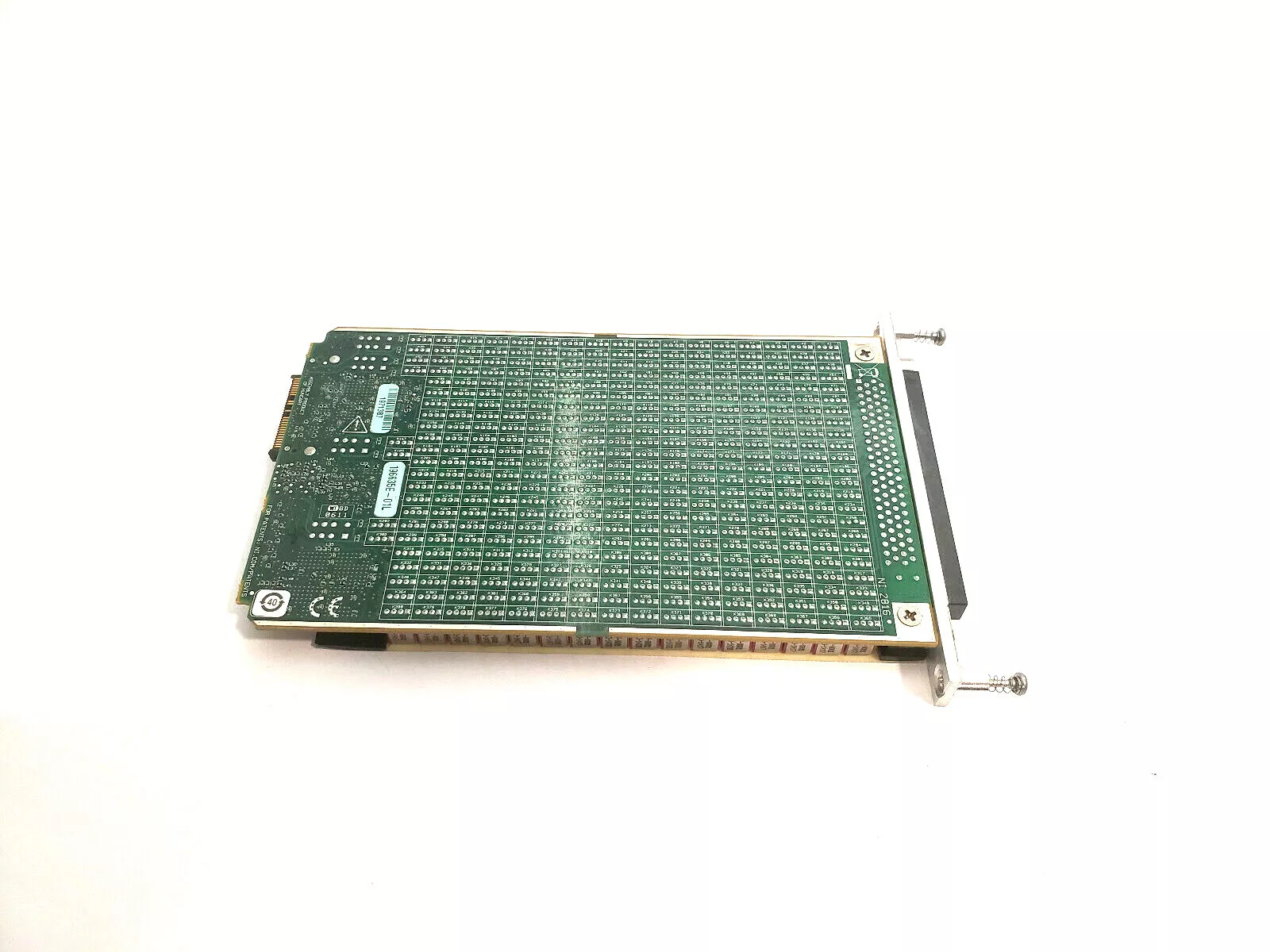
1.Core Features
Wideband Coverage
Supports continuous band coverage from DC to 16 GHz,meeting a wide range of needs from low frequency to millimeter wave.
Flexible switching of frequency bands through software configuration to adapt to different communication standards.
High Dynamic Range and Linearity
Integrated high-performance RF front end with low noise figure(NF)and high third-order intercept point(IIP3)to ensure signal reception quality.
Supports high linearity transmission to reduce signal distortion.
Modular Design
Based on NI’s PXI Express(PXIe)architecture,it can be seamlessly integrated with other modules(such as baseband processing module,data acquisition module)to build a complete test system.
Supports multi-channel synchronization,suitable for MIMO(multiple input multiple output)technology testing.
Software Defined Radio(SDR)Support
Compatible with development environments such as LabVIEW,MATLAB,C/C++,and realizes signal generation,modulation and demodulation,spectrum analysis and other functions through software programming.
Supports NI-RFSA/RFSG drivers to simplify the RF signal processing process.
Real-time processing capability
Equipped with high-performance FPGA(such as Xilinx Kintex UltraScale),it can realize real-time signal processing(such as filtering,encoding and decoding,channel estimation,etc.).
Supports user-defined algorithm deployment to accelerate prototype development.
High-precision clock and synchronization
Built-in high-precision clock source,supports multi-device synchronization,and ensures phase consistency.
Applicable to scenarios that require strict timing control(such as radar,phased array system).
II.Typical application scenarios
5G/6G communication R&D
Supports new radio(NR)physical layer testing,including signal generation and analysis of millimeter wave frequency bands(above 24 GHz).
Used for prototype verification and performance testing of base stations and terminal equipment.
Satellite communication
Covering satellite communication bands such as Ka/Ku/X,supporting link testing of low-orbit satellites(LEO)or high-orbit satellites(GEO).
Applicable to the research and development and verification of satellite payloads and ground stations.
Aerospace and defense
Supports signal simulation and analysis of radar,electronic warfare(EW),signal intelligence(SIGINT)and other systems.
With high dynamic range,it can handle weak signals in complex electromagnetic environments.
Internet of Things(IoT)and Wireless Sensing
Suitable for testing low-power wide area network(LPWAN)technologies(such as LoRa,Sigfox).
Supports the research and development of short-range communication standards such as Wi-Fi 6/6E and Bluetooth 5.x.
Academic Research and Teaching
As an experimental platform for wireless communication courses,it helps students understand the principles and practical applications of SDR.
Supports rapid prototyping in scientific research projects.
3.Technical specifications
Parameter Specifications
Frequency range DC to 16 GHz
Instantaneous bandwidth Up to 1 GHz(depending on FPGA resources)
Transmit power-20 dBm to+10 dBm(adjustable)
Receive sensitivity-150 dBm/Hz(typical)
Noise figure(NF)<5 dB(typical)
Third-order intercept point(IIP3)>+20 dBm(typical)
Interface type PXIe x8 slot,supports high-speed data transmission
FPGA model Xilinx Kintex UltraScale FPGA
Software support LabVIEW,MATLAB,C/C++,Python
Operating system compatibility Windows,Linux
4.Advantages summary
Flexibility:Quickly adapt to different communication standards through software configuration to reduce hardware replacement costs.
Excellent performance:high dynamic range,low noise figure,meet stringent test requirements.
Perfect ecosystem:seamless integration with NI’s TestStand,SystemLink and other tool chains to improve development efficiency.
Scalability:Support multi-device cascading to build large-scale MIMO or distributed test systems.

